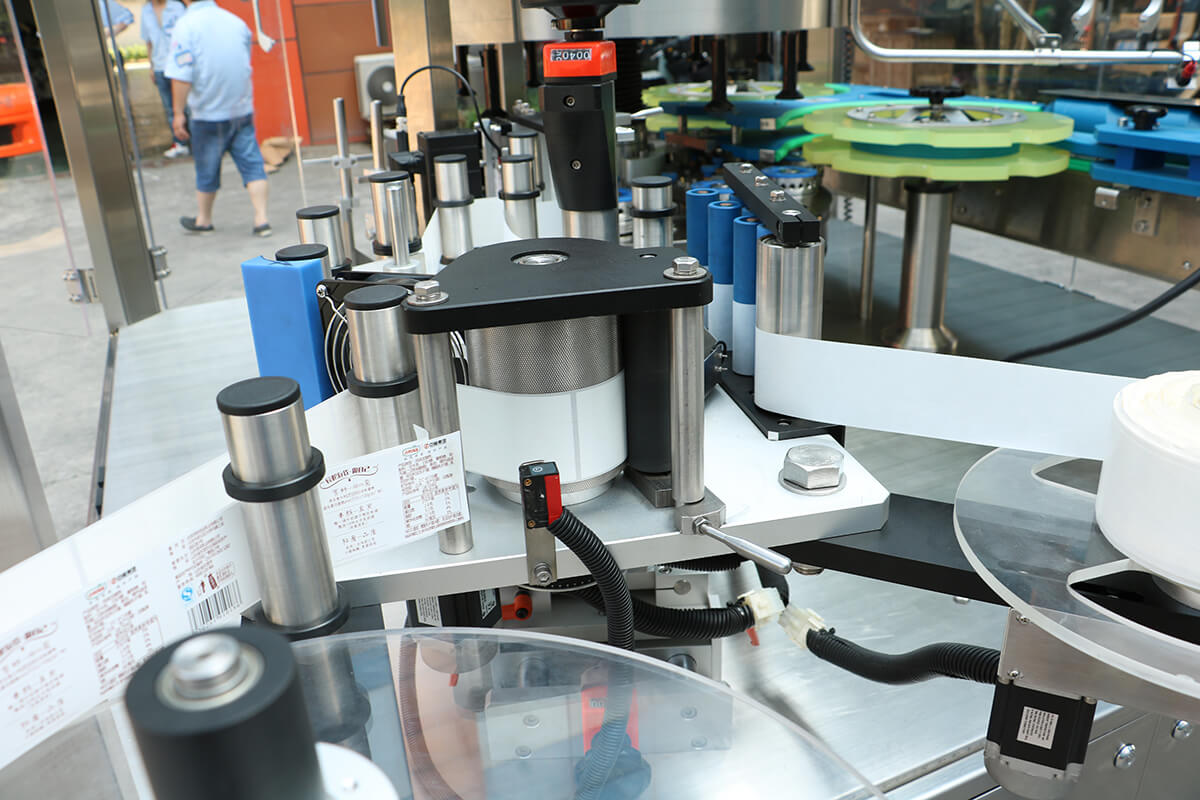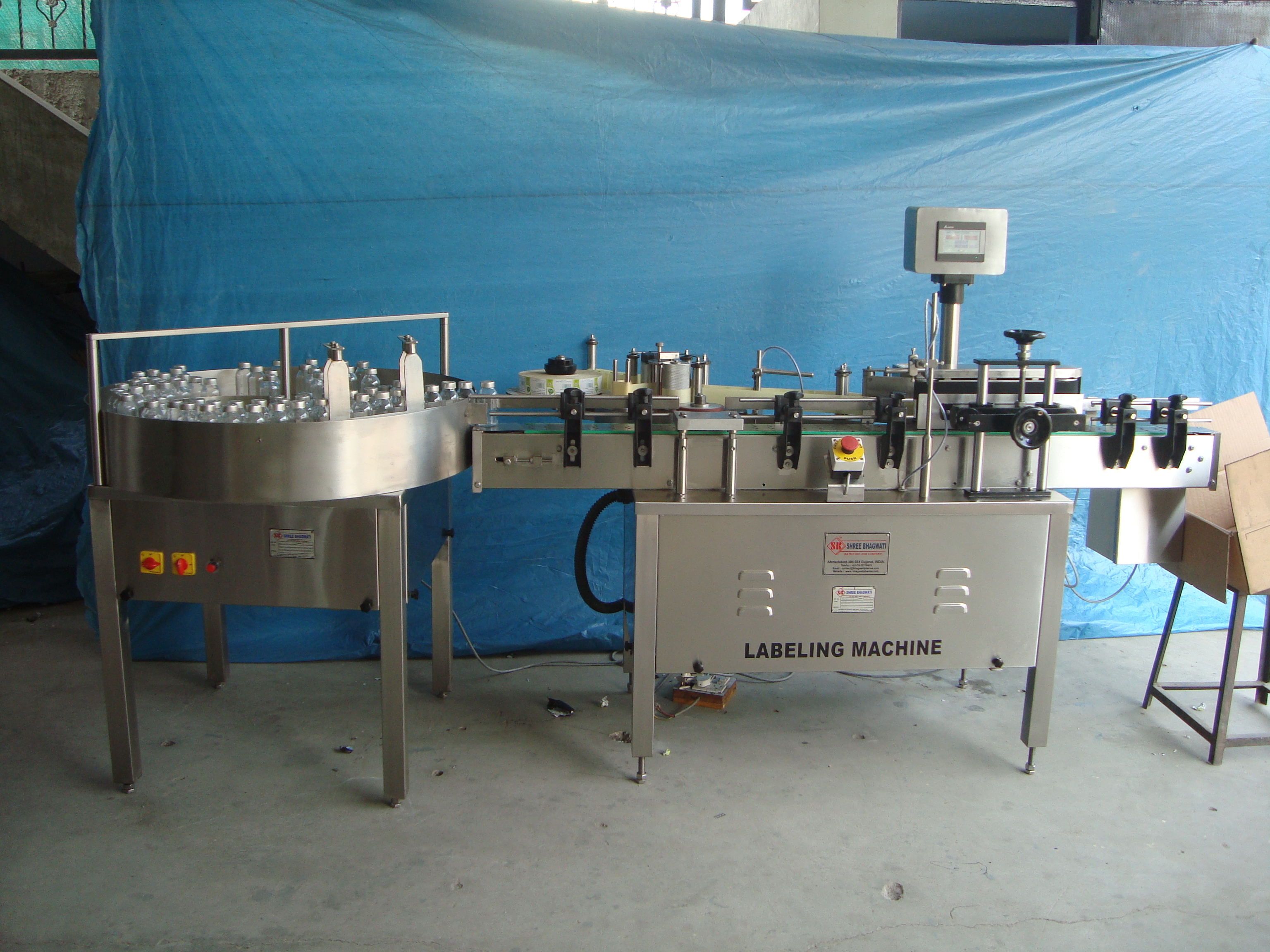

There’s no need to orient a cylindrical bottle, since there’s no front, so the machine simply rolls the bottle around as it applies a label that covers most of the bottle’s side. Wrap-around labeling is the simplest and least expensive way to label a bottle. What Types of Adhesive Labels Do You Need?ĭepending on your product design, you may need anywhere from 1-5 adhesive labels for your product. No matter what you’re bottling, you need to think about accommodating different sizes and shapes of bottles for various markets, including bottles in both customary and metric sizes. So, it’s important for each beer bottle labeling machine to work for (and adapt to) unique bottling processes. A recent trend for 1.5 liter Magnum bottles is being spurred by both presentation and by advantages in bottle aging, especially for carbonation. Likewise, a brewery may choose to sell their standard products in 12 ounce beer bottles and cans, while packing specialty or seasonal beers in wine bottles or growlers. (This ensures the wine is fresh, while offering customers a low-cost way to try new wines.) If you’re selling wine, adding half bottles to your line may help boost sales to restaurants and bars. However, by limiting your offerings to one type of packaging, you could limit sales opportunities in the future. Bottling beer or craft soda? You probably use 12 oz. However, you may find it useful to get a machine that handles multiple bottle sizes to fit shifting product demands.įor example, if you’re bottling wine, you need a machine that can handle 750 mL bottles. Obviously, you need a machine that can handle your bottles. In these instances, you need a bottle labeler/applicator that handles rectangular objects but has space for the necks of the bottles. It has sides that can be oriented, and labels can be placed on each side or wrapped around the bottle. However, it’s important to have all your product information in hand before choosing a bottle labeling system because your chosen bottles might not be round containers ! Labeling a square bottle is like labeling a box. Tapered bottles need applicators that can apply labels without skewing them while using rollers that can grip the sides for orientation. The vast majority of bottles are cylindrical containers, so most labeling machines can only handle cylindrical bottles.

This means you have several decisions to make about the initial setup and also need to consider changes and upgrades you might want/need to make in the future. (Be sure to check out our case study on working directly with Amazon for more information on that process!)īottle labelers use modular construction throughout, which gives you options for the number of labels it applies (and their position), as well as the types of bottles it can handle. Labeling boxes is different you can buy a machine built specifically for that type of task, whether you need top labels or corner wrap labels, either with or without printing. Label applicators are also designed to accommodate different label sizes and label widths. This helps orient back, front, cover and neck labels, and these bottle label applicator machines can handle plastic bottles, glass bottles, and even stainless steel metal bottles. Sensors on automatic bottle labeling machines detect the bottle position and label positions so the bottle can be lined up for each new label. This sturdiness ensures even application. Rollers grip the bottle, spinning it as the label is applied, and that rotation is timed with the applicator, while the rollers keep the bottle from rocking back and forth. Each applicator draws adhesive labels from a reel and rolls them onto the bottles. Guide rails support the bottles as they form a single line, and the bottles then pass by one or more label applicators. The process starts when bottles enter the labeler’s conveyor belt (often immediately after going through the filling machine ). So, how do you go about choosing a machine that’s right for your product lines ? What Makes Semi-Automatic and Automatic Bottle Labeling Machines Different from Other Label Applicators ?īottle labeling systems are far more complex than other package labeling applicators. But, where do you begin when looking for a bottle label applicator that’s easy to use and a good fit for your business?īottle label applicators have many options, even within models, because many of these products need multiple labels (and manufacturers want machines that have the ability to accommodate several bottle sizes ).
LABELLER MACHINE MANUAL
Picture this: your business is booming and (finally) ready to move beyond a manual labeling machine, stepping into the big world of labeling automation.


 0 kommentar(er)
0 kommentar(er)
